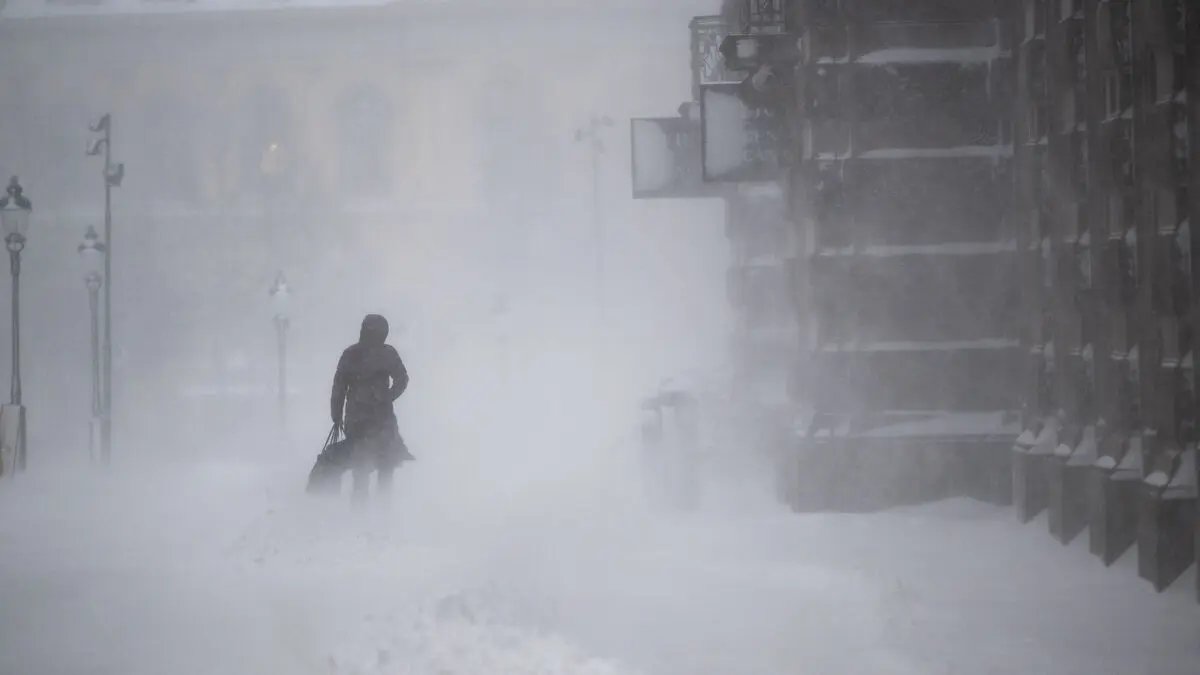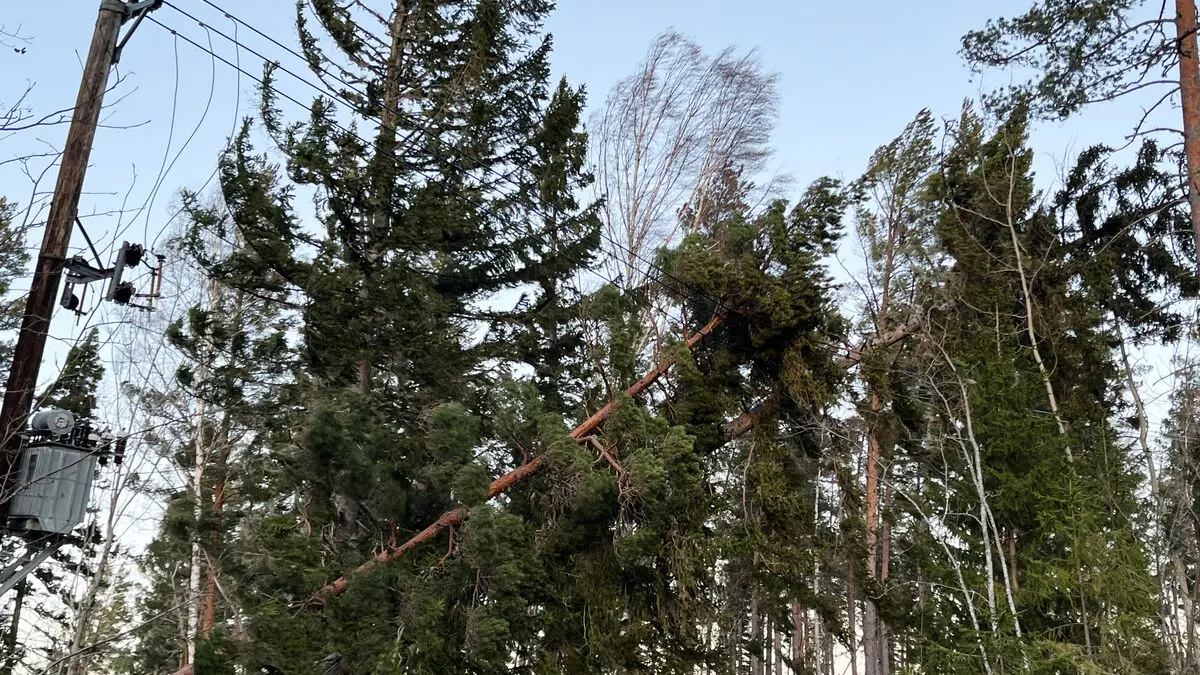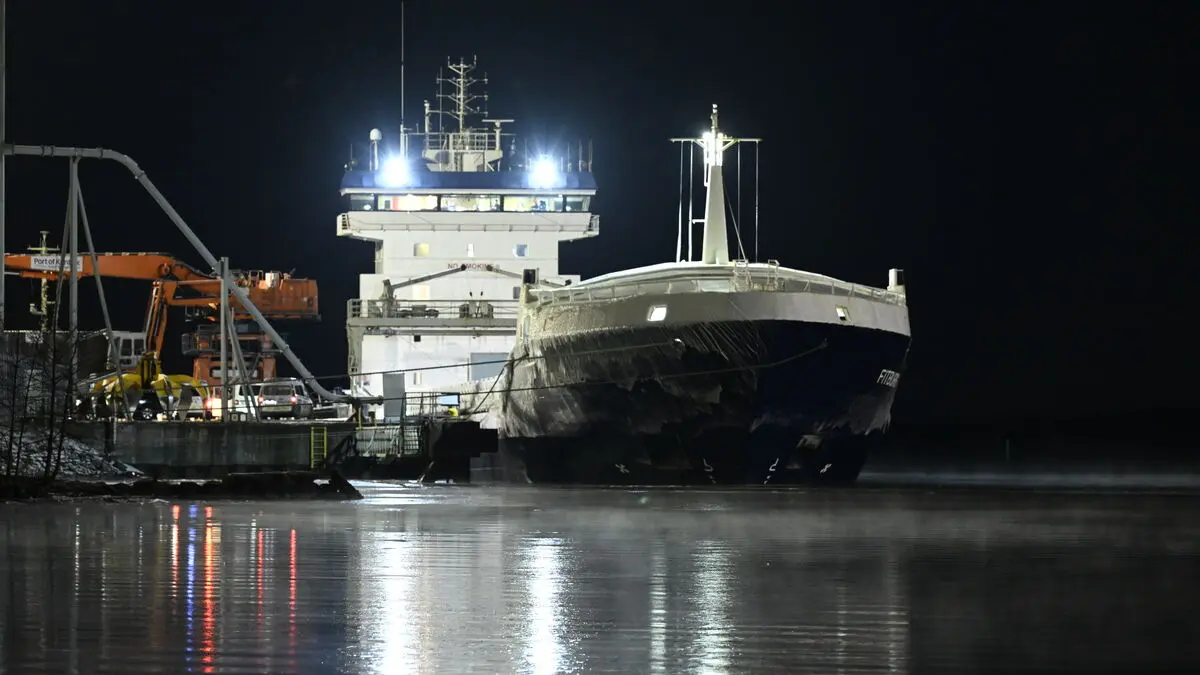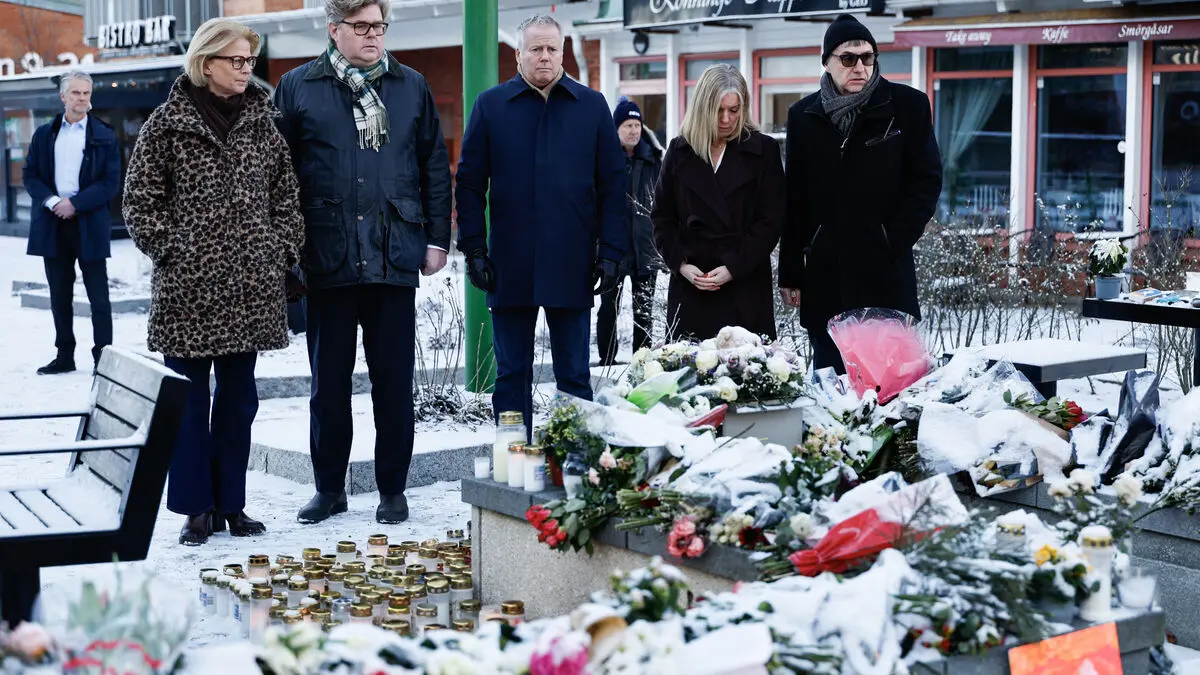The UK's Defence Minister John Healey was, together with his French counterpart Sébastien Lecornu, the host of Thursday's meeting at NATO headquarters in Brussels.
We are 30 countries here today, united by the belief that peace is possible and that we must be ready when that day comes. Our plans are real and substantial, they are well-developed and we have a clear goal, Healey explained in his opening speech.
The UK's and France's defence chiefs were on site in Ukraine last week to hear about what might be needed. Now, they are reporting back to a political discussion among the willing countries' defence ministers.
Silent about details
Sweden's Pål Jonson (M) notes that the British and French have now "developed the concept".
There will be both a land component, a sea component, and an air component in such a force, says Jonson to TT and SR Ekot after the meeting.
However, few details are being made public. And at the same time, many heavy questions remain.
It's about what rules of engagement such an operation would be surrounded by, how it would affect NATO's other activities for deterrence and defence. It's also about what kind of American engagement it would be linked to, says Jonson.
What is the US doing?
The US has ruled out participating with its own soldiers inside Ukraine. That the US is still involved in some way is important for many, including Sweden, which has explicitly stated that it wants some form of US backing.
I think it's important for all contributors to feel that this is an operation that has the US's political support, but also has some form of military feedback from the American side. The US has unique resources when it comes to intelligence capabilities, long-range capabilities, and sensors that would naturally be of interest, says Jonson in Brussels.
The US is not participating in Thursday's meeting. However, Defence Minister Pete Hegseth is expected to be connected on Friday, when the ministers instead focus on what can be done to help Ukraine militarily right now.
France and the UK have since February led talks on both political and official levels about how to guarantee Ukraine's security in the event of a potential peace agreement.
Among other things, reports have emerged about at least 10,000 European soldiers being stationed in Ukraine – not at the front, but rather as reinforcement further back at important infrastructure.





